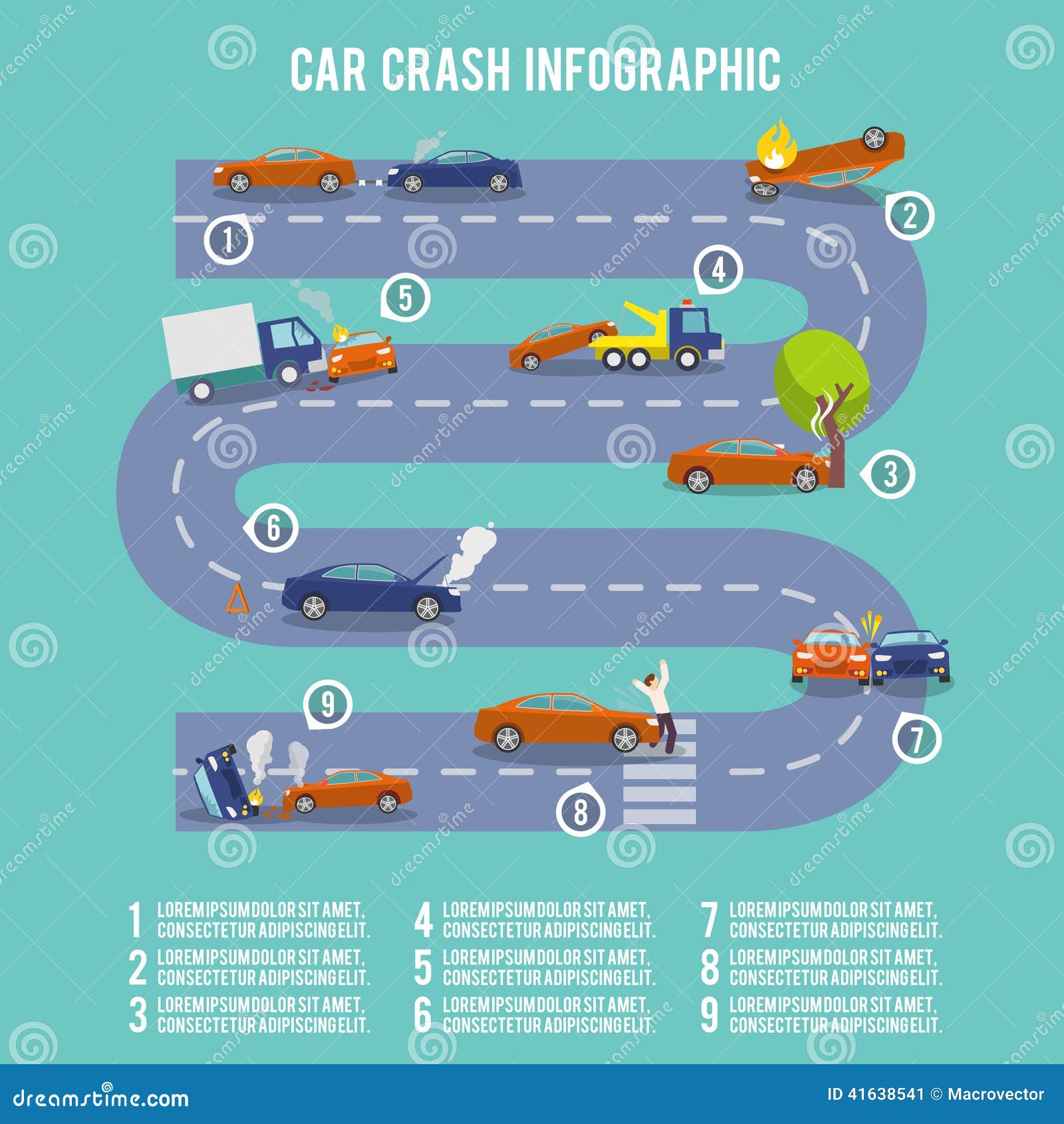A Comprehensive Guide To Brake Equipments: Identifying Common Problems And Their Solutions
A Comprehensive Guide To Brake Equipments: Identifying Common Problems And Their Solutions
Blog Article
Created By-Prater Murray
When it pertains to your vehicle's brake system, recognizing common issues can save you from potential safety hazards. From identifying brake pad wear to resolving brake liquid leakages, recognizing just how to take on these problems is vital. However what regarding those mushy brake pedals? There's a solution for that too. Remain tuned to learn more regarding these issues and the practical services that can keep you safely when driving.
Brake Pad Wear and Substitute
When it pertains to keeping your vehicle's brake system, one critical element to keep an eye on is the wear and substitute of brake pads. Brake pads are necessary parts that press against the brake rotors to reduce or stop your vehicle. In time, these pads wear down due to friction, calling for routine examination and replacement to guarantee your brakes work efficiently.
To establish if your brake pads need replacement, pay attention for screeching or grinding sounds when you use the brakes. In addition, if your vehicle takes longer to stop or you notice vibrations or pulsations when braking, it might be time to replace the brake pads.
Disregarding worn brake pads can cause reduced stopping performance, damages to various other brake parts, and even brake failure.
Changing brake pads is a relatively uncomplicated procedure for many vehicles. Nevertheless, if you're unclear or awkward performing this task, it's ideal to seek advice from a professional auto mechanic to make sure appropriate installment and optimum brake performance.
Frequently checking and replacing https://remingtonrlgzt.blogtov.com/10418560/yet-what-should-you-do-regarding-mushy-brake-pedals-discover-the-solution-below is crucial for your security and the long life of your vehicle's stopping system.
Brake Fluid Leaks and Maintenance
To ensure your lorry's brake system operates optimally, it's important to likewise take notice of brake liquid leakages and maintenance. Brake fluid is vital for sending the force from your foot on the brake pedal to the actual stopping device. One usual problem with brake liquid is leaks, which can take place as a result of tatty brake lines, seals, or connections. If you notice a pool or leaks under your auto, it's vital to attend to the leak immediately to prevent a possible brake failure.
Consistently inspecting your brake fluid degree is vital to keeping your brake system. Low brake fluid can lead to air getting in the brake lines, which endangers braking efficiency.
In cost of ac repair car , old or polluted brake liquid can affect the general performance of your brakes. It's advised to follow the manufacturer's standards on when to alter the brake fluid, normally every 2 years.
Spongy Brake Pedal: Bleeding Brakes
If you have actually ever experienced a squishy brake pedal while driving, you recognize the relevance of maintaining a company and responsive braking system. One typical root cause of a squishy brake pedal is air caught in the brake lines. When air gets in the brake system, it can result in a loss of hydraulic pressure, causing that distressing mushy sensation when you press the brake pedal.
To fix https://best-oil-change-near-me39406.blogginaway.com/30519049/pondering-whether-to-deal-with-car-repair-work-on-your-own-or-to-rely-on-specialist-solutions-the-unanticipated-costs-and-outcomes-might-capture-you-off-guard-leading-to-anessential-selection , hemorrhaging the brakes is essential. Hemorrhaging auto body collision repair includes getting rid of the air from the brake lines to bring back appropriate hydraulic pressure.
To hemorrhage the brakes, you'll need an assistant to assist you. Beginning by finding the brake bleeder valve on each wheel, generally discovered near the brake caliper. With a wrench, loosen up the valve and have your assistant press the brake pedal while you observe any air bubbles coming out. Repeat this process for each wheel, beginning with the wheel farthest from the master cylinder and moving more detailed.
As soon as you no longer see air bubbles and only clear liquid arises, tighten the valve and top up the brake liquid tank as needed. Bleeding the brakes helps make certain a company brake pedal and enhances total stopping performance.
Conclusion
Now that you understand typical brake issues and how to fix them, you can ensure your vehicle's safety and performance. Bear in mind to pay attention for warning signs like shrilling sounds or spongy brake pedals, and resolve them immediately. Routine maintenance and timely substitutes are key to keeping your brakes in leading condition. Keep proactive and conscientious to your brake system to enjoy safe and dependable driving experiences.
